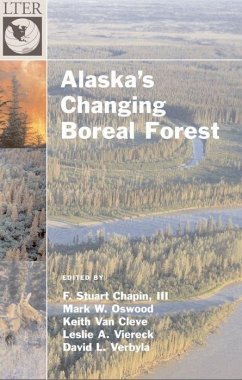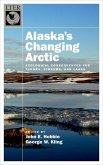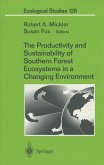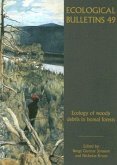The book then delves into the dynamics of plant and animal communities inhabiting this forest, and the biogeochemical processes that link these organisms. In the last section the authors explore landscape phenomena that operate at larger temporal and spatial scales and integrates the processes described in earlier sections. Much of the research on which this book is based results from the Bonanza Creek Long-Term Ecological Research Program. Here is a synthesis of the substantial literature on Alaska's Boreal forest that should be accessible to professional ecologists, students, and the interested public.
The Boreal forest is the northern-most forest in the world, whose organisms and dynamics are shaped by low temperature and high latitude. The Alaskan Boreal forest is now warming as rapidly as any place on earth, providing an unprecedented opportunity to examine a biome as it adjusts to change.
The Boreal forest is the northern-most forest in the world, whose organisms and dynamics are shaped by low temperature and high latitude. The Alaskan Boreal forest is now warming as rapidly as any place on earth, providing an unprecedented opportunity to examine a biome as it adjusts to change.








